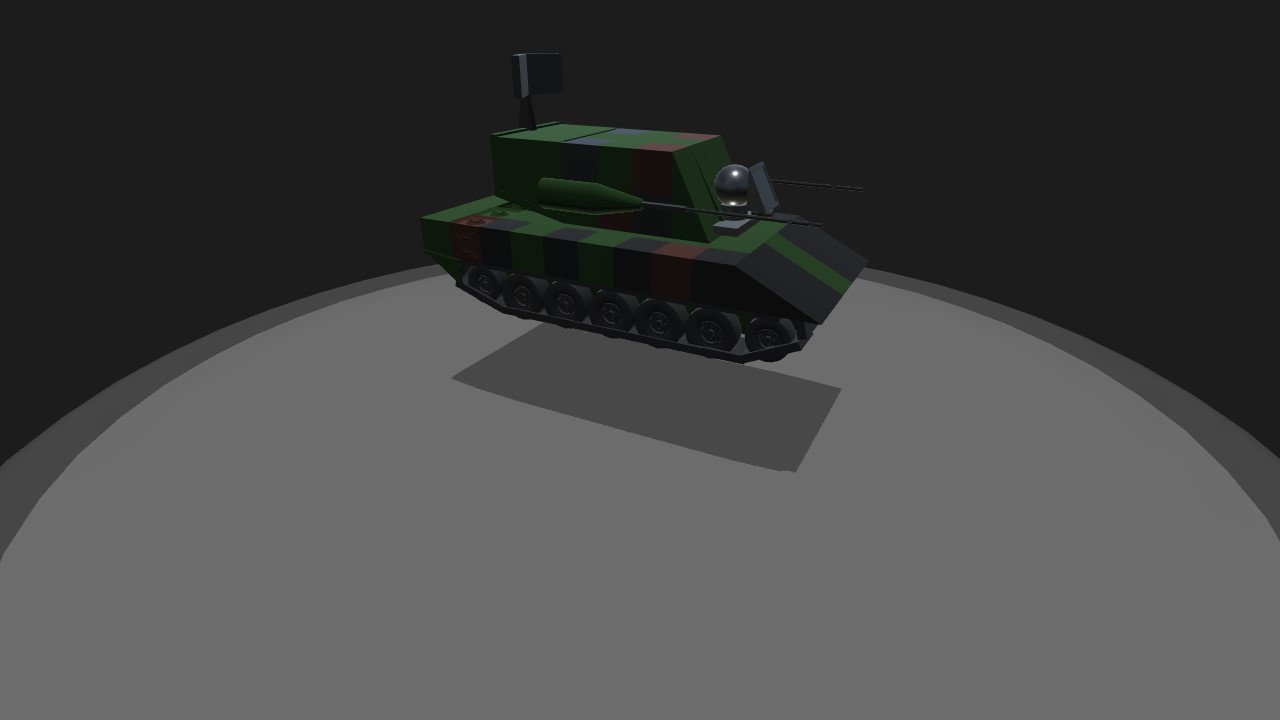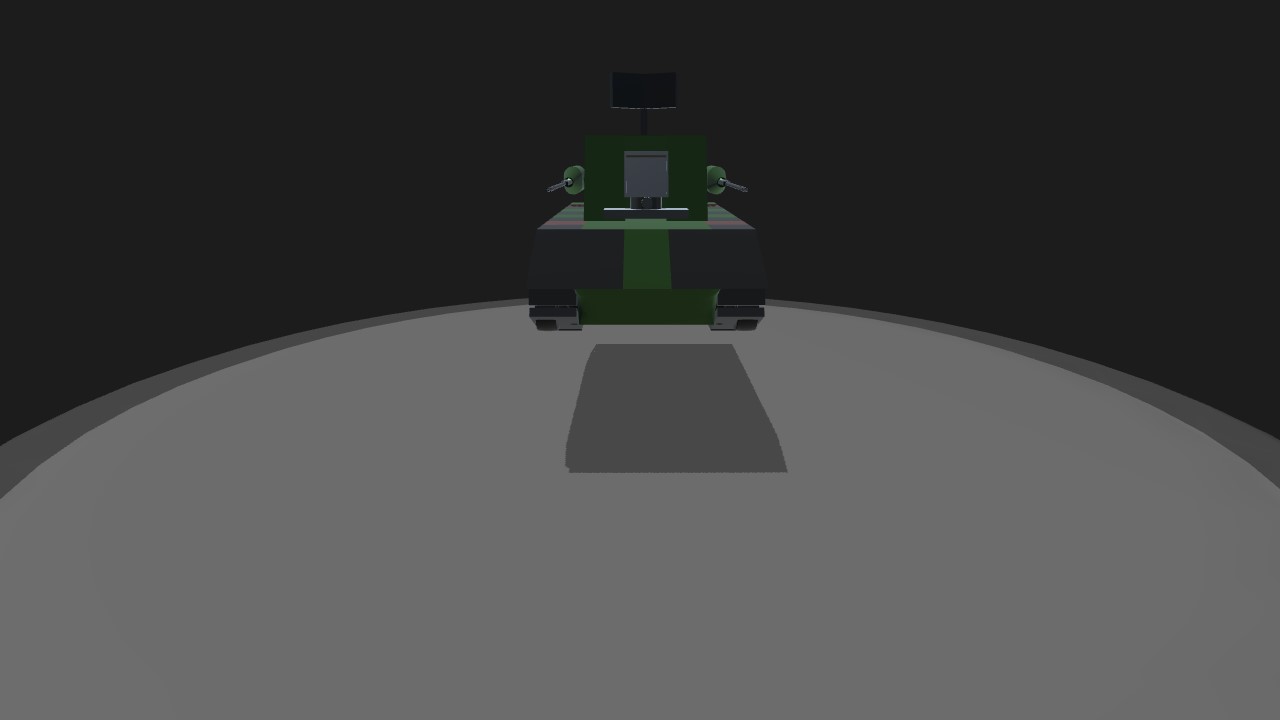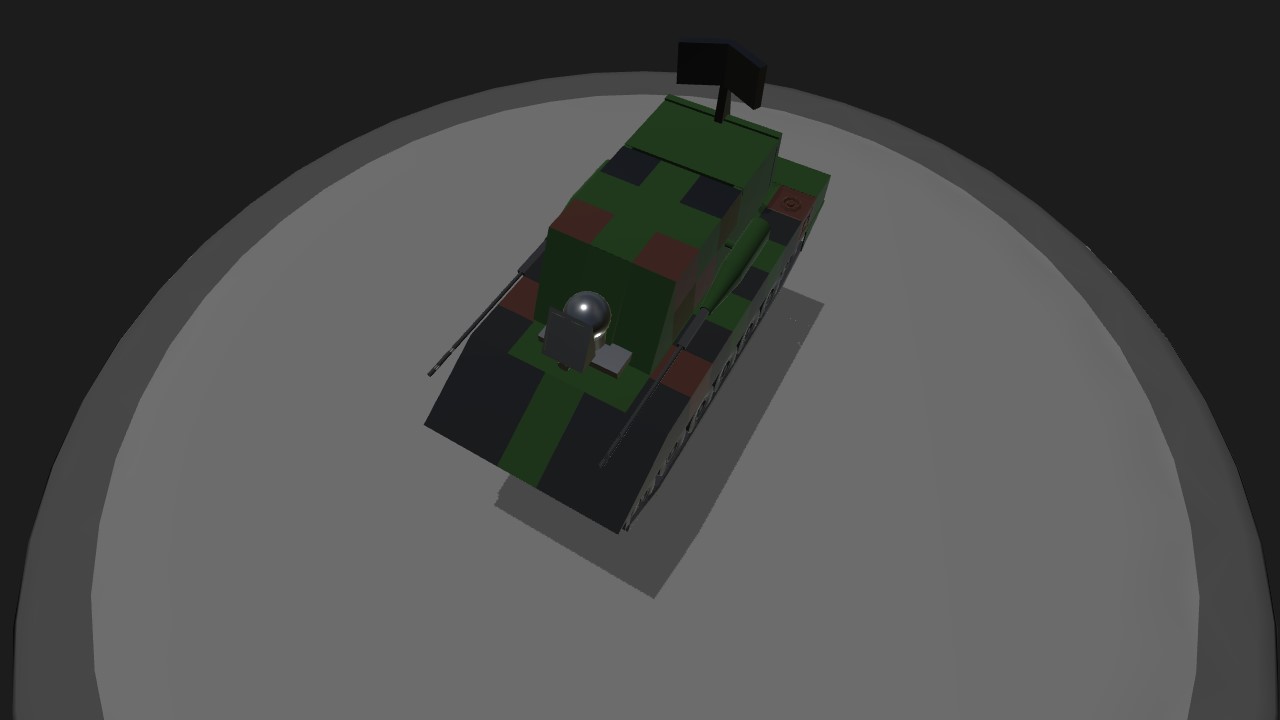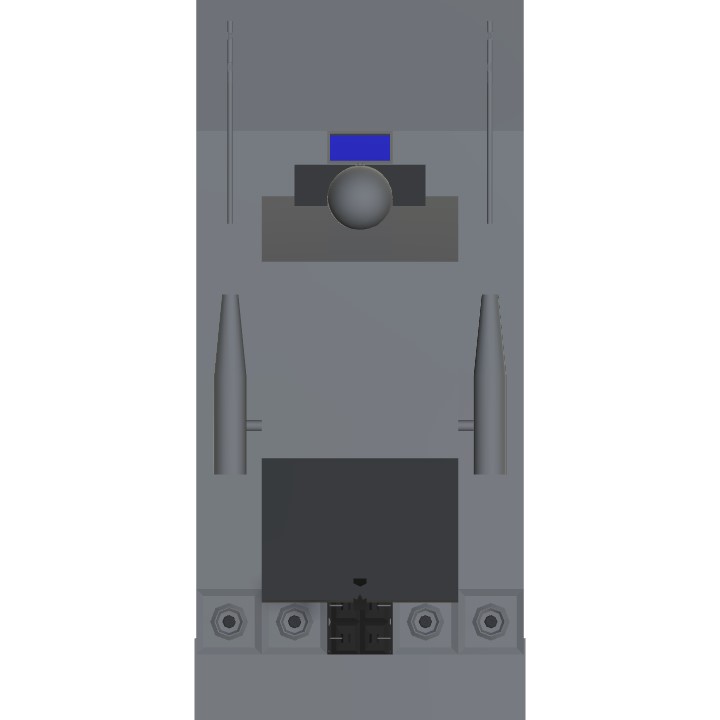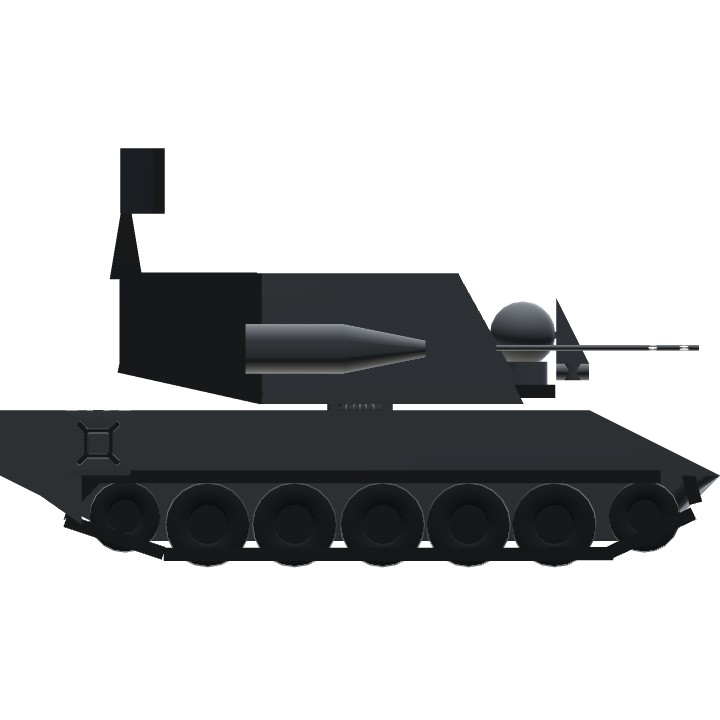Development
Development began on a dedicated self-propelled anti-aircraft gun for the German Bundeswehr in the 1960s. The first pilot models were produced in 1969 testing 30 and 35 mm autocannons for the armament. The decision to use a 35 mm autocannon as the basis of the anti-aircraft armament came on 25 June 1970. In 1971 the second phase of pilot models was tested, the Dutch Army expressed interest in the project and ordered a few models once completed. It was around this phase that the Leopard 1 was chosen as the chassis of the vehicle, and a modified variant was produced. In September 1973, the order was made to Krauss-Maffei manufacturer to produce 432 turret and 430 hulls. The Bundeswehr accepted the vehicle as to the Flugabwehrkanonenpanzer Gepard (Anti-aircraft cannon tank "Cheetah"), or better known as the Flakpanzer Gepard. At least 430 Flakpanzer Gepard units were produced in total from 1973 onwards.
Design
The Flakpanzer Gepard uses the 35 mm Oerlikon KDA autocannon, which was a dual-mounted cannon that each can fire around 550 rounds per minute. The Gepard has a search radar on the back, a tracking radar in front, and a laser range finder in the front to track air targets. The Flakpanzer Gepard uses a modified Leopard chassis, modified by different wheel spacing and battery placement. The vehicle was powered by a multi-fuel engine capable of pumping around 819 horsepower. There was also an auxiliary engine that powers the turret functions so the main engine can run the vehicle unhindered by additional energy requirement. The Gepard as a whole actually cost three times more than a standard Leopard 1 tank, possibly due to all the guidance system and radars needed to make the Gepard an effective anti-aircraft gun.
Usage
The Gepard entered service in the German Bundeswehr in 1973 and made up a core of West Germany's anti-aircraft power. The Gepard was constantly upgraded with better guidance systems and other electronic hardware. From the 1980s onward, the Gepard units were attached to Stinger surface-to-air missile systems to exploit the Gepard's extended tracking system to locate targets for the Stingers. A proposal was made to combine these two units into one vehicle with a dual Stinger launcher mounted onto a Gepard, but budget restrictions prevented this. The Flakpanzer Gepard still sees use today in the storage of the Bundeswehr, although in reduced numbers from 377 originally to just 94. They are expected to be replaced by the SysFla project, which is a stationary and mobile platform armed with the MANTIS gun system and the new LFK NG missiles.
The Gepards were successful in the export market. The first to order were Belgium and the Dutch, 55 and 95 units respectively. When the Bundeswehr started the downsize their forces, their Gepards were sold to various countries such as Brazil, Romania, and Chile; though Chile returned their Gepards due to the high costs maintaining them. The Dutch also sold 60 of their surplus stock to Jordan. Belgium and the Dutch have recently withdrawn the Gepards from military service.
Specifications
General Characteristics
- Created On Windows
- Wingspan 8.3ft (2.5m)
- Length 18.0ft (5.5m)
- Height 10.4ft (3.2m)
- Empty Weight 31,606lbs (14,336kg)
- Loaded Weight 32,137lbs (14,577kg)
Performance
- Wing Loading 171.7lbs/ft2 (838.3kg/m2)
- Wing Area 187.2ft2 (17.4m2)
- Drag Points 4267
Parts
- Number of Parts 168
- Control Surfaces 0
- Performance Cost 601

